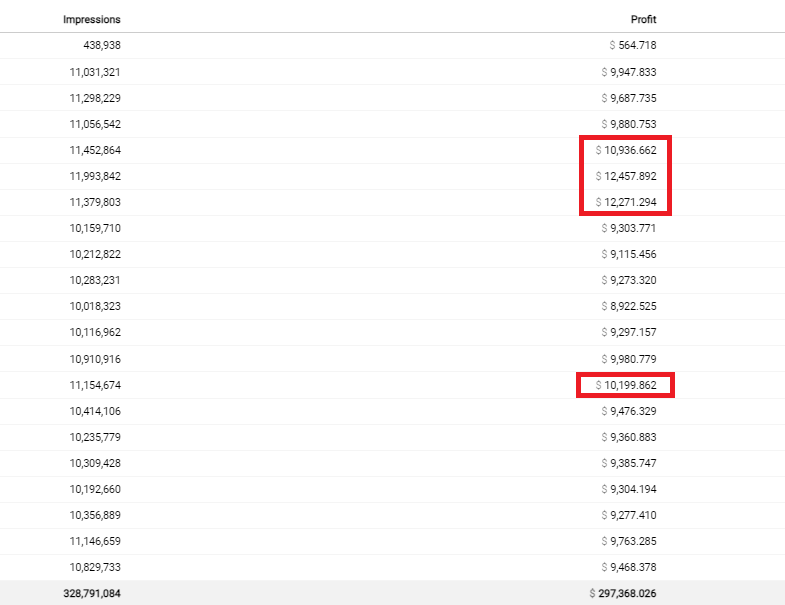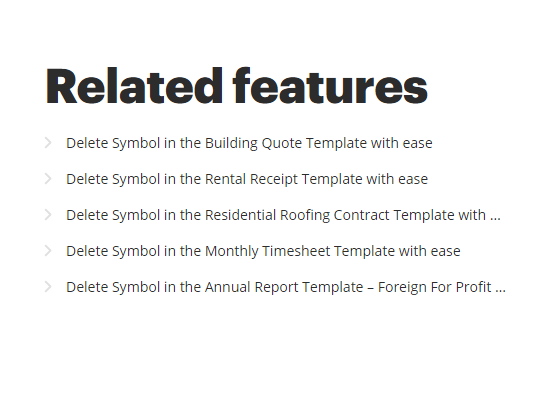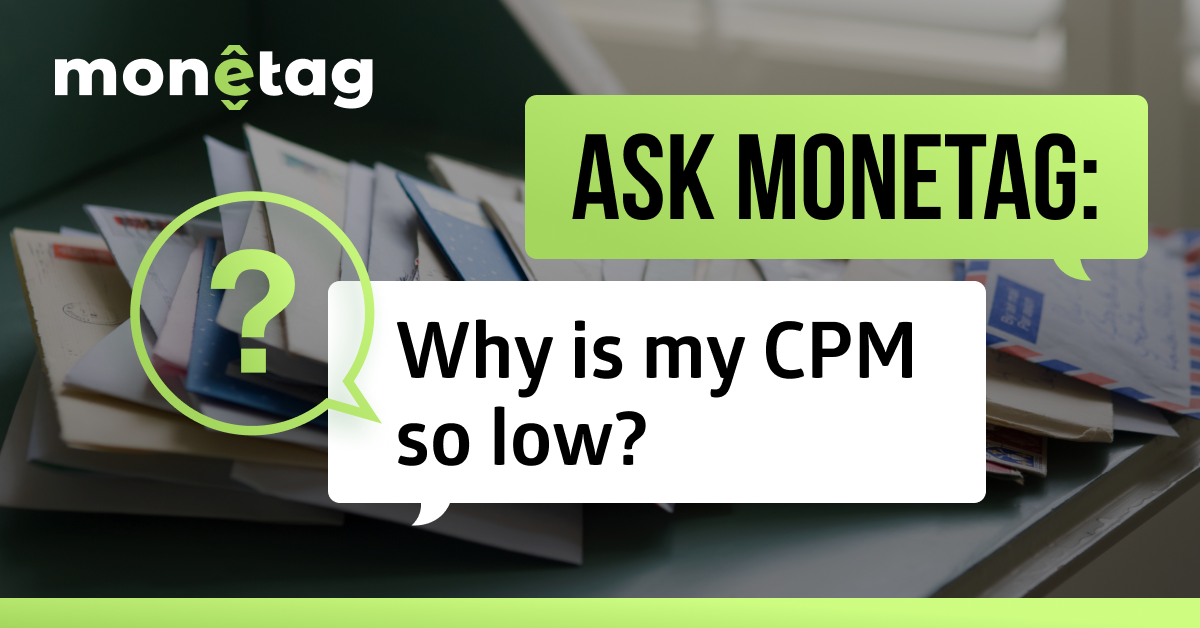How to Increase Your Website Engagement: Best Practices and Tools

This post is also available in:
Pt
Es
Wouldn’t it be great if users treated your website like a wonderland, staying for as long as possible, and eagerly interacting with your content and offers?
Whether it’s making purchases on an online store, binging on videos from a streaming platform, endlessly exploring articles, or engaging with ads, all of these user behaviors contribute to the concept of website engagement. With that in mind, let’s delve into how you can effectively enhance your website’s engagement levels.
What is Website Engagement?
Website engagement reflects the users’ desire to stay on your site and interact with its offerings.
In other words, if visitors leave your website soon after landing on it, your engagement level is likely low.
Don’t worry if that’s the case. There are always ways to improve, and we’ve curated a list of the best tools for the job.
Why is user engagement crucial?
- Conversions
Better user engagement levels mean higher conversion rates. Regardless of the action – a purchase, an app installation, a download, or even a file upload – higher website engagement generally equates to improved conversion rates.
- SEO
Put simply, the more a user interacts with your site after finding it on a Google search, the more relevant Google considers your website to be. If visitors leave quickly, Google might deduce that your website is less relevant, potentially impacting your site’s ranking and SEO efforts.
- Monetization
If your monetization strategy relies on ad placements, your ads need visibility. The longer a user stays on your site, the more ads they can interact with, benefiting both advertisers and you.
Real Engagement Metrics from Real Publishers
Feeling inspired to make your site more engaging yet?
If not, this might be just what you need. We spoke to one of our publishers who is dedicated to making their site as engaging as possible, and here are their results:

Sometimes, their daily profit exceeds $10,000, need we say more?
How Can I Measure Website Engagement?
You may be wondering, “How can I measure the engagement?” Don’t worry; measuring engagement is simpler than you might think, especially if you have the right tools and strategies.
Here are the key user engagement metrics to analyze:
- Time spent on your site
The longer a user stays, the more likely they will be interested in what you’re offering. However, this metric shouldn’t be your only indicator, as users might linger longer if they’re having difficulty navigating your site.
- The number of pages viewed
A high number of pages viewed generally signifies successful user engagement. For example, if you’re a news site and users read multiple articles, they’re likely engaged!
- Scroll depth
This shows how much of your content users are consuming. If you’re reading this far into the article, you’ve likely scrolled the page at least once, indicating your interest in the content.
- Exit page
This identifies the last page visited before users leave. It can highlight potential weak points in your site that could be turning users away.
- Returning users
Repeat visitors suggest your site is engaging enough to bring users back.
- Social interaction
When users share your compelling content, it demonstrates their level of engagement.
- Bounce rate
This measures how many users leave your site without taking any actions.
These metrics can vary depending on your website type, target audience, and devices used.
For instance, here is how the bounce rate can vary from vertical to vertical:
- 20% – 45% for eCommerce websites
- 35% – 60% for content websites
- 65% – 90% for blogs, media, and news websites
Tools to track user engagement metrics
A widely used tool, Google Analytics, provides a comprehensive view of your website engagement. You can also try Yandex.Metrica as an alternative.
This tool records every user session and creates heatmaps showing user behavior on your site. Other similar tools include Heap, Convertise, and Hotjar.
How Do I Boost My Website Engagement?
Knowing how to measure engagement is the first step; improving it is the next. Read on for some effective strategies and tools to enhance your website’s user engagement.
- High-quality content
The first and most important element to engage your audience is to provide high-quality content. This can mean different things for different websites: engaging blog posts, exciting products, fascinating videos, or user-friendly apps.

- Website speed
A slow website can be a big turn-off for users. Optimize your site’s loading speed to ensure your visitors stay on your site.
- Improved navigation
Make it easy for your users to explore your website. Clear menus, intuitive design, and a good site architecture all contribute to a pleasant user experience.
In short, just… don’t allow your website to look like this 🙂

- Ad placement – Don’t overload your website with ads
How can you engage anyone with top-notch content if users have to sift through a lot of ads? You can set the desired number of displayed ads in the Monetag self-service platform for publishers.
- Be creative with your content:
- Share free content
People love free stuff. For instance, checklists. They might never read them, but they will be attracted to your site by them, making them stay longer — and more likely to convert.
- Add some extra content
Suppose you have a very niche site, for example, a PDF to DOCX converter. Despite what you may think, there is a lot more you can do with the site to drive engagement. For example, write an FAQ section or blog with tutorials.
- Think of the extra features: Add interactive elements to your site
People are most engaged when they have something interesting to do. Video games are a fantastic option for this, and a topic we’ll touch on further in this article.
Tools to increase user engagement
Once you’re confident about how your website looks and functions, and you’ve ensured that minor issues won’t disrupt your engagement metrics, consider enhancing your site’s interactive elements. Here are some tools that can help:
- Quizzes
Engage your audience with fun, interactive quizzes that are relevant to your content. Tools such as Quizlet, Apester, Outgrow, and Playbuzz can help create these engaging features.
Quizzes can be used on every kind of website, just look how NY Times did it:

- Push Notifications
Push notification services allow you to keep your audience updated with news and special offers. Just be careful not to overwhelm users with too many notifications.
You need to strike the right balance between all your site content, ads, and push alerts to avoid overwhelming your users. When done right, push notifications can boost your engagement by up to 80%.
- Live Chats
Platforms such as Live Chat and Zendesk offer live chat and chatbot services. These tools can help you communicate directly with your audience, providing a more personalized experience and potentially boosting engagement.
Pro Tip: Try adding a comments section or suggest users contribute to your site.

- Email campaigns
Leverage email marketing tools like MailChimp and SendGrid to share your latest content, special offers, or news digests. This can help bring users back to your site, further enhancing engagement.
- Related content
Offering ‘Similar posts’ or ‘Similar videos’ at the end of your content can keep users on your site longer, leading to better engagement. Tools like YARPP or Contextly can help with this.

But you can do it for even very niche sites offering some utilities:

To Sum Up…
Remember, user engagement can’t be improved overnight, but continuous optimization and monitoring can help you see patterns, understand what works and doesn’t, and steadily improve your website engagement.
Keep experimenting, measuring, and improving to provide the best possible user experience. Good luck!








